Tape, made of long strips of adhesive materials, is primarily used for a wide range of bonding and fastening applications, though it has several other applications as well. Typical tape applications include: fastening, sealing, bonding and binding. More specifically, tape products are used for: mending, protecting, jacketing, labeling, decorating, surfacing, surface marking and color coding. Read More…
Carolina Tape & Supply Co. is a distributor & custom tapes converter offering 100% satisfaction. As one of the leading tape suppliers in the nation, Carolina offers an array of quality products & services to your company.
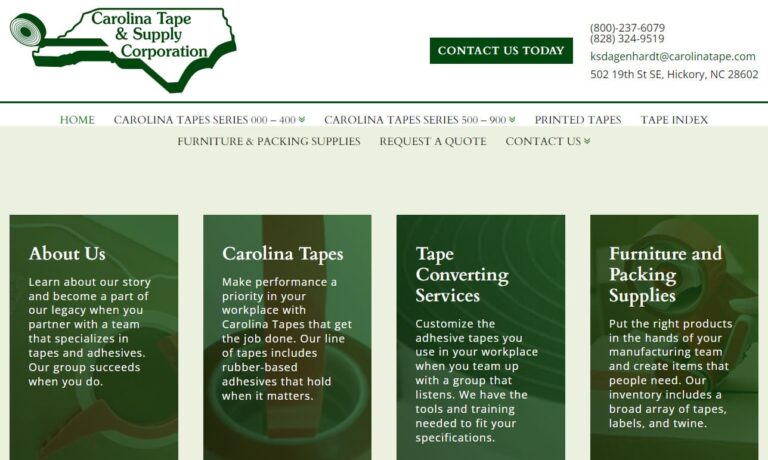
CS Hyde is a leading distributor and converter that supplies a wide variety of high performance tapes with pressure sensitive adhesive. Our tape is available in materials such as Teflon™ Fluoroplastic, Kapton®, UHMW, Silicone, and many more. Since our fouding in 1996, our team at CS Hyde has continued to be committed to our customers and building long-term relationships by providing top...
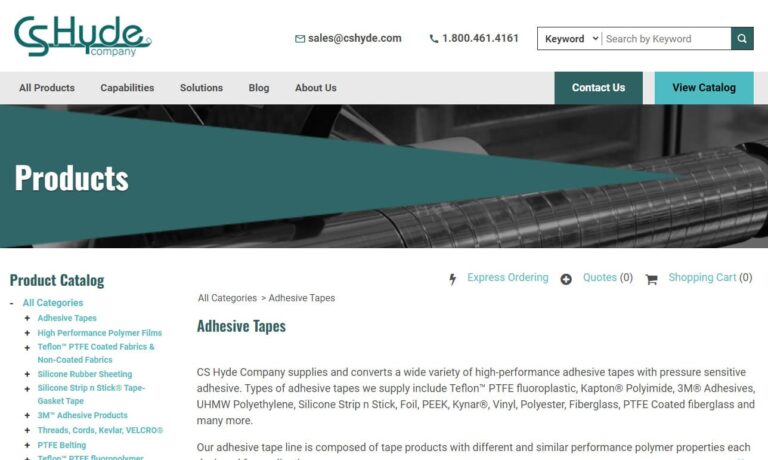
CFS is an ISO 9001:2015, 3M™ Preferred Converter with a large inventory of industrial masking tape products, including high temperature polyester tapes, polyimide tape, and crepe tapes. Our tapes can be used for powder coating, e-coating, anodizing, and many other applications. As a 3M™ Preferred Converter, we can custom slit or die-cut most of our tapes to your desired specifications. CFS...
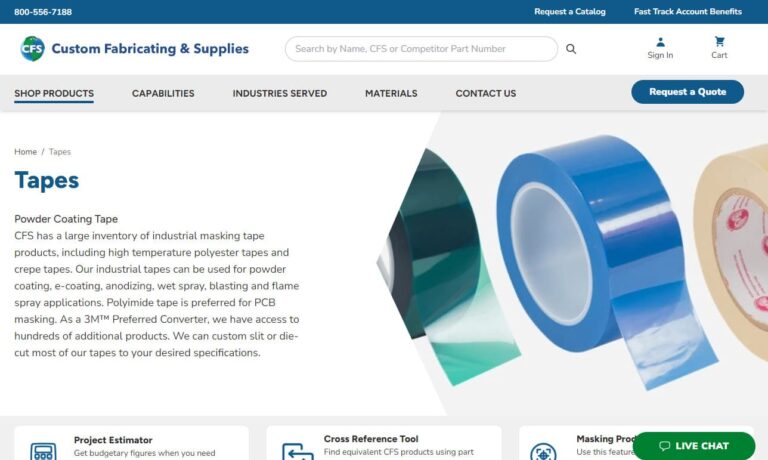
As a tape supplier our products serve many diverse industries such as aerospace, artistry, graphic arts, food and drink as well as many others! For over forty years we have been providing the highest quality tape products with the widest selection. Just a few examples of the products we offer are 3M masking, Teflon, gaffers tape as well as many others. To learn more about what we may be able to...
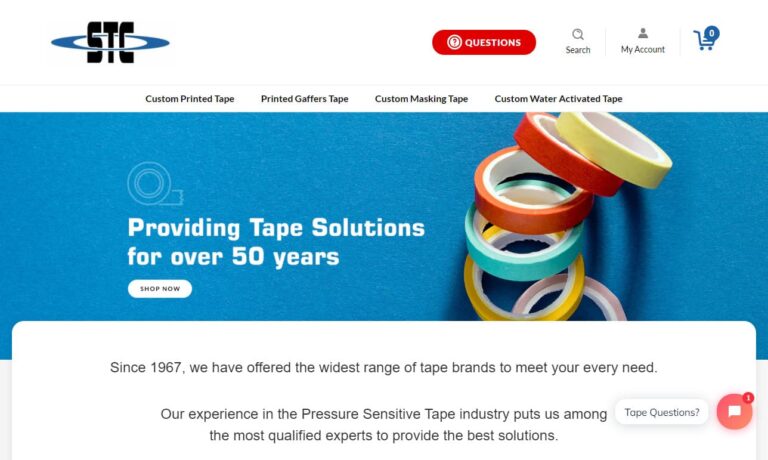
Budnick Converting is a family-owned custom converter and distributor of adhesive tapes, foams, and other flexible materials. We have over 70 years of experience in the tape and converting industry and offer adhesive tapes, foams, films, foils, and other specialty materials from every major manufacturer. Our primary converting services include slitting, die-cutting, printing, spooling,...
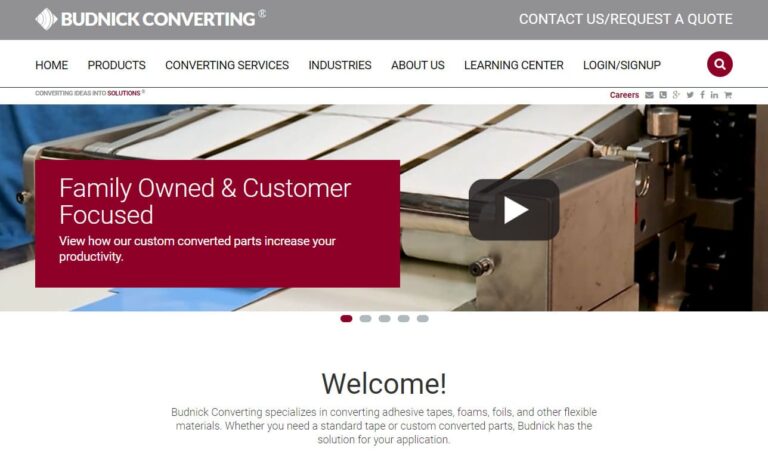
At Magnum Tapes & Films, our dedication to excellence in tape solutions is the cornerstone of our commitment to providing superior products and services to our valued clientele. With years of experience and a deep understanding of the tape industry, we have established ourselves as a trusted leader in delivering high-quality, customizable tape solutions. Our product line features a diverse range...

More Tape Suppliers
Some of the countless applications in which tape products are utilized include: aerospace, arts and crafts, the automotive industry, commercial packaging, construction, electrical and wiring, furniture, healthcare, kitchen, office supply, manufacturing, paint and sports and recreation.
The History of Tape
Adhesive tape is a modern descendant of ancient bonding adhesives. As far back as 70,000 BC, South African cavemen used a proto-glue made from red ochre and tree sap to seal their cave paintings. By 2000 BC, the Egyptians documented instructions for making glue. Between 618 BC and 906 BC, the Chinese used animal glue, made from materials like stag horn and fish bladder, to bond surfaces and materials. This practice of using animal glue persisted for many years, notably in the 1700s when horse glue was commonly used. Thankfully, most modern glues are now made from synthetic chemicals.
In 1845, Dr. Horace revolutionized adhesive technology by combining adhesive glue with a carrier material. He created the first adhesive tape, known as surgical tape, by applying a rubber-based adhesive to fabric strips. This surgical tape remained the leading adhesive tape for about 50 years. In 1901, German inventor Oscar Troplowitz introduced Leukoplast, an adhesive patch manufactured and distributed by Beiersdorf AG.
In 1921, Earle Dickson, an American, invented the Band-Aid after his wife’s surgical tape kept falling off her fingers. Dickson bonded gauze to cloth-backed tape and covered it with crinoline to create a bandage that stayed on the skin. Johnson & Johnson recognized its potential, made him a vice president, and began mass-producing the Band-Aid.
In 1925, Richard Drew, a 3M employee, invented masking tape. He aimed to help automotive manufacturers paint straight lines on two-tone cars by creating a bonding adhesive. This tape was later named Scotch Tape, and 3M became a leading tape manufacturer.
In 1942, Johnson & Johnson developed duct tape to help soldiers repair and waterproof their ammo cases in the field. Today, adhesive tape comes in various forms and serves many purposes. Advances in material extraction and fabrication have led to specialty tapes like double-sided tape, as well as stronger and thinner tapes for heavier surfaces.
Design
Production Process
The tape production process is straightforward, involving a carrier material and an adhesive. Tape suppliers use a process called coating, where adhesive glue is applied to the carrier material. There are three main coating methods: water-based coating, solvent coating, and hot-melt coating.
Water-Based Coating: This method involves mixing the adhesive with water to create emulsions, where small droplets of one liquid are suspended in another. The resulting solution is then coated onto the surface of the carrier material.
Solvent Coating: In this method, a solvent dissolves the adhesive to create a less viscous liquid. This liquid glue is coated onto the carrier material, and the solvent is then removed by passing the tape through a heated oven.
Hot-Melt Coating: As the name suggests, this method involves heating the adhesive until it melts. The hot liquid glue is then coated onto the carrier material, and the tape is allowed to cool to form the finished product.
Once a sheet of tape is finished, it may undergo additional converting processes before shipping. These processes include winding the sheet into large rolls, slitting the large rolls into smaller strips, or die cutting. These steps prepare the tape for the forms commonly found in stores.
Materials
The carrier material for tape can be a variety of moderately thin and flexible materials, such as metal foils, paper tissues, cloth, or films. Common carrier materials include PVC, EPDM, PTFE, aluminum foil, copper foil, polylactic acid, cellulose acetate, stretch film, and polyimide film. Typical adhesives used are epoxy, silicone, structural, electronics adhesives, and melt adhesive glue.
Considerations and Customization
While standard tapes are widely produced, tape suppliers can also custom manufacture products to meet specific application requirements. They consider factors such as required adhesion strength, surface material (e.g., acid-sensitive, weak paint, sterile surfaces), the quantity of tape needed, and any required markings. Customizable details include tape thickness, color, print, length (amount of tape on the dispenser), dispenser type, adhesive type, and carrier material type. Additionally, they can produce clear tape to meet specific needs.
Types
Pressure-sensitive adhesives are the most common type of application-specific tapes, forming a strong bond between the tape and the substrate through the application of pressure.
Examples of these tapes include duct tape, masking tape, packaging tape, electrical tape, and others.
Duct tape is a soft pressure tape with a tacky adhesive glue. It is strong and versatile, used by both individual consumers and manufacturers. Duct tape creates a very strong bond, making it suitable for high-stakes applications like sealing military equipment.
Masking tape features an easy-release, easy-tear adhesive and is commonly used for light-duty household tasks, such as taping paper to the wall.
Packaging tape is stronger and designed for packaging and shipping purposes. It is ideal for securing packages, envelopes, and bags to prevent loosening, tearing, breaking, or bursting.
Electrical tape is made to insulate electrical wires and other conduits, using non-conductive, pressure-sensitive materials.
A second category of tapes is defined by the materials used to produce them, including foam tape, foil tape, PTFE tape, and vinyl tape.
Foam tape is typically made from polyethylene or similar materials. It is ductile, resistant to chemicals and heat, and has high impact strength. Often tacky on one or both sides, foam tape is used for weather-stripping, insulation, gasketing, sealing, cushioning, soundproofing, and baffling.
Foil tape uses copper or aluminum foil as a carrier material. Due to their strong chemical resistance and high thermal conductivity, foil tapes are used for shielding and plating in industries like electronics and aerospace.
PTFE tape is primarily used to seal pipe threads. The PTFE film is cut into thin strips for this purpose.
Vinyl tape, also known as PVC adhesive tape, offers superior stretch and leaves no residue upon removal. Available in various colors, it is perfect for safety marking, color coding, identification, and decoration. PVC adhesive tape can also be used as insulation tape.
Less common pressure-sensitive adhesive tapes include gaffer’s tape, marking tape, sealing tape, 3M tape, various styles of printed tape, acid-free tape, double-sided tape, side tape, and paper tape.
Gaffer’s tape, made from heavy cotton cloth coated with a strong adhesive, is often used in stage and theater work for tasks like laying blocking markers and securing video cables.
Marking tape, or mark tape, is used to designate areas for different purposes, such as equipment placement, and is commonly found in manufacturing workshops and factories.
Sealing tape, or seal tape, bonds two or more mating surfaces or materials and is used to close and seal containers like corrugated fiberboard boxes and packing cartons. Common types of sealing tape include printable carton sealing tape, acrylic carton sealing tape, and hot melt carton sealing tape.
3M tape is produced by the 3M brand, with Scotch Tape being one of the most well-known varieties. 3M tape is widely used across various industries.
Printed tape features words or patterns printed on it.
Acid-free tape does not contain acids, making it safe for use on photos and artwork without causing marks or discoloration, and it is also suitable for people with acid sensitivities.
Double-sided tape, also known as double-coated tape or adhesive transfer tape, has adhesive on both sides of its carrier material. It works best with lightweight materials like paper, plastic, or cardboard. Some double-sided tapes come with a liner on one side that can be removed when ready to use.
Side tape, or edge tape, is a specialty tape used in sports to wrap around equipment like tennis racquets to improve grip.
Paper tape is often used as bandaging tape due to its hypoallergenic, breathable, and lightweight properties.
Accessories
Tape accessories play a crucial role in enhancing the utility of various types of tape. Scissors are essential for cutting tape to size or trimming excess, offering precise control for both general and intricate tasks. Meanwhile, X-ACTO® knives provide unparalleled precision, ideal for detailed cuts in crafts, model making, and precision applications.
Marking tools and applicators are utilized to create specific lines or marks on tape. Marking tools aid in drawing guidelines on masking tape for painting or crafting projects, while applicators ensure even distribution of adhesive or other substances on tape, ensuring uniform application.
Tape dispensers are designed for efficient tape handling, available in handheld and desktop models. They streamline taping tasks, offering convenience and ease of use.
Specialized sprays enhance tape properties or aid in application. Adhesive sprays, for instance, bolster adhesion on challenging surfaces, while repositionable sprays allow temporary tape placement adjustments.
Choosing the right tape accessories hinges on project specifics. Scissors and X-ACTO® knives cater to cutting needs, marking tools and applicators for precision tasks, tape dispensers for efficient use, and sprays for enhancing tape performance based on project demands and desired outcomes.
Standards
Industry leaders typically seek tapes that comply with ISO and/or ASTM International standards.
ISO certification ensures that the tape meets high-quality standards, including durability, peel resistance, thermal stability, tensile lap-shear strength, clean removal, and wood-to-wood adhesive bonding. ASTM International certification indicates thorough quality testing of the tape, identifying properties such as tensile strength, shear strength, fracture toughness, shear modulus, adhesion bonding, creep resistance, and viscosity.
Things to Consider
Finding tape is generally straightforward, but for specialized needs or critical bonding applications, partnering with a contract manufacturer is advisable. A reputable adhesive tape manufacturer ensures that your specific requirements are met, offering products that adhere to your standards and withstand environmental conditions.
To locate the ideal manufacturer, explore our list of companies. Each company profile outlines its offerings in detail. Take your time to review them and select three or four that align closely with your needs. Contact each manufacturer to discuss your requirements, including standards, budget, timeline, and delivery preferences. Following these discussions, choose the manufacturer you feel best meets your needs and reconnect with them to initiate your project. Best of luck!


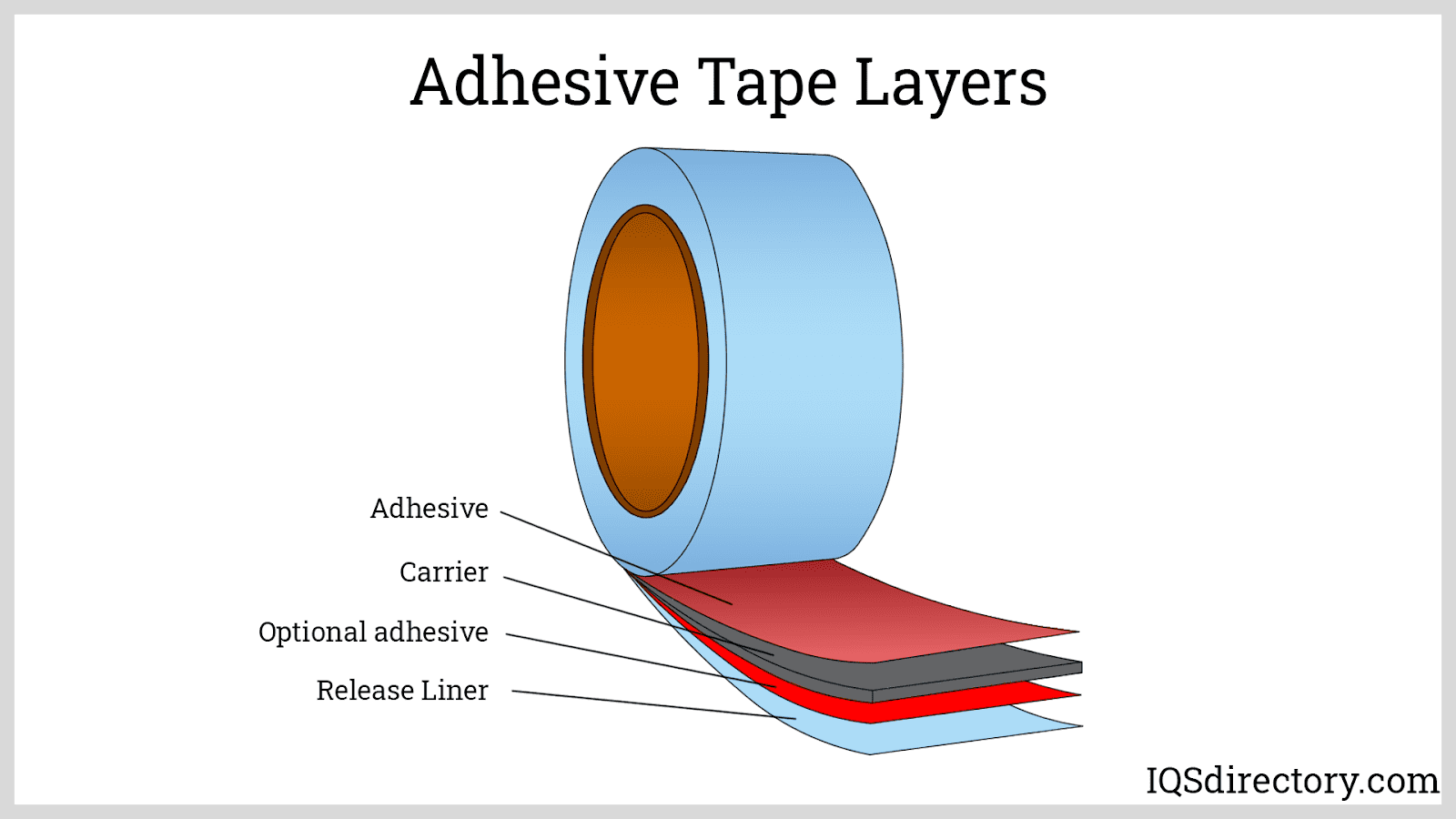
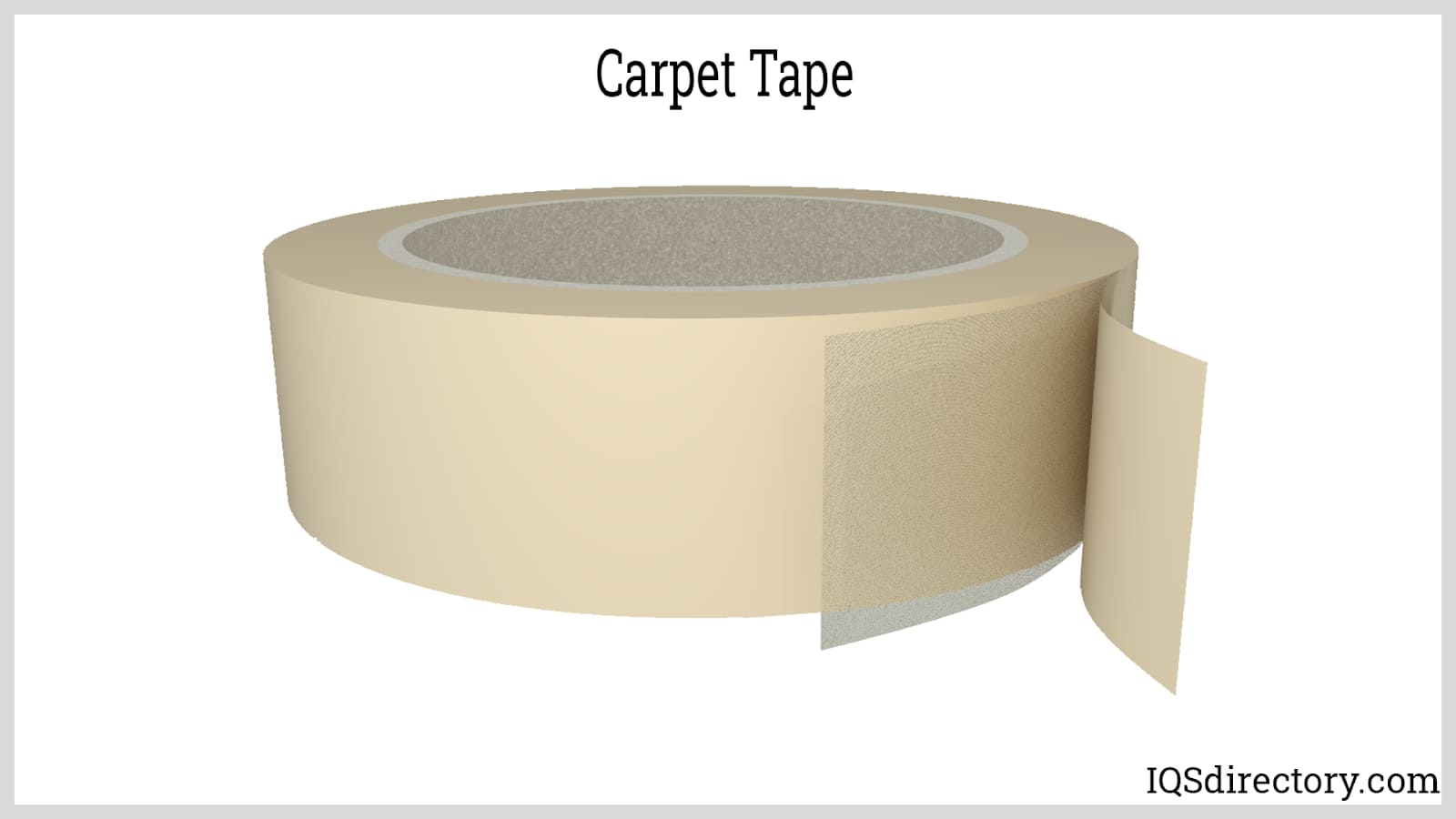
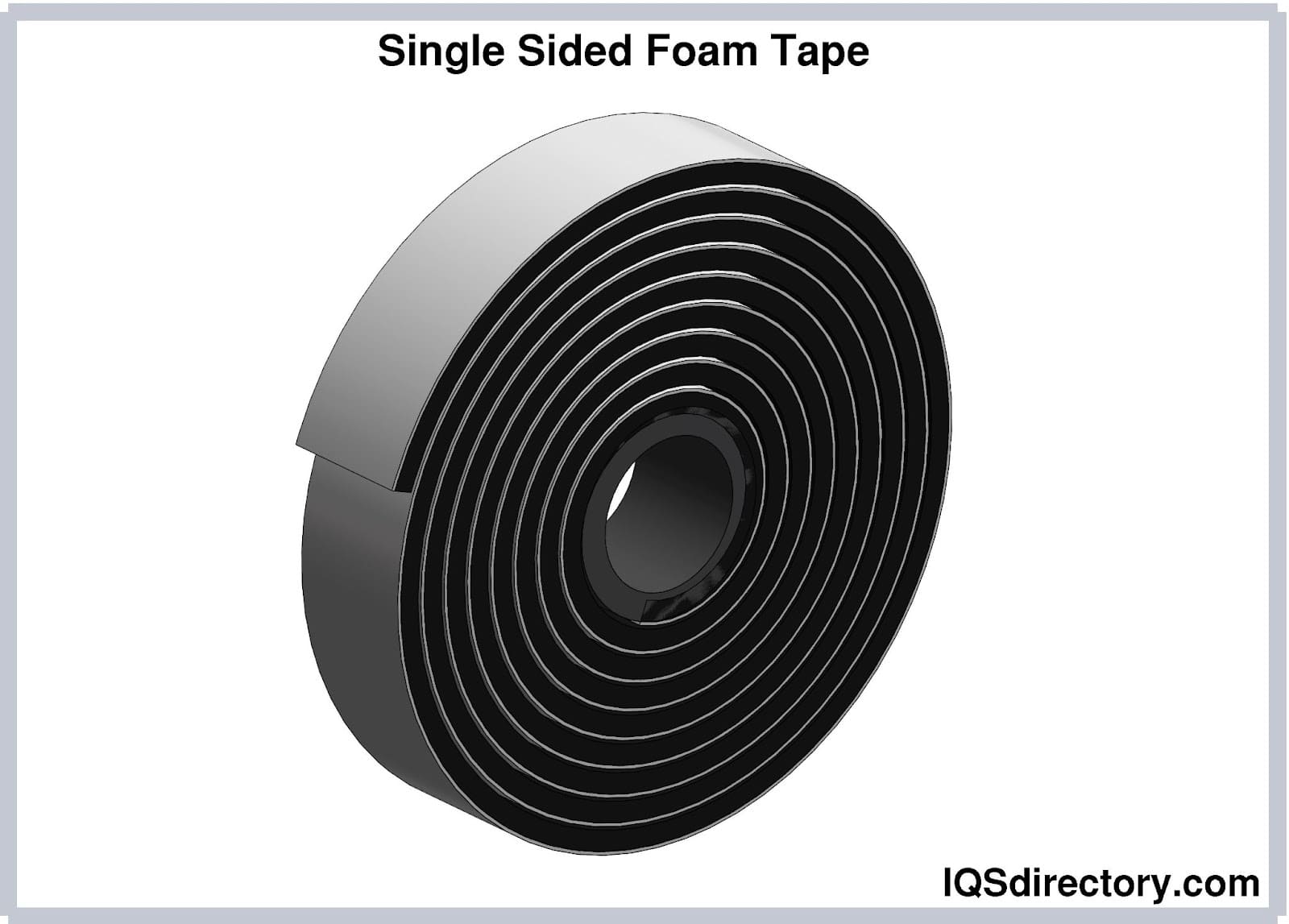
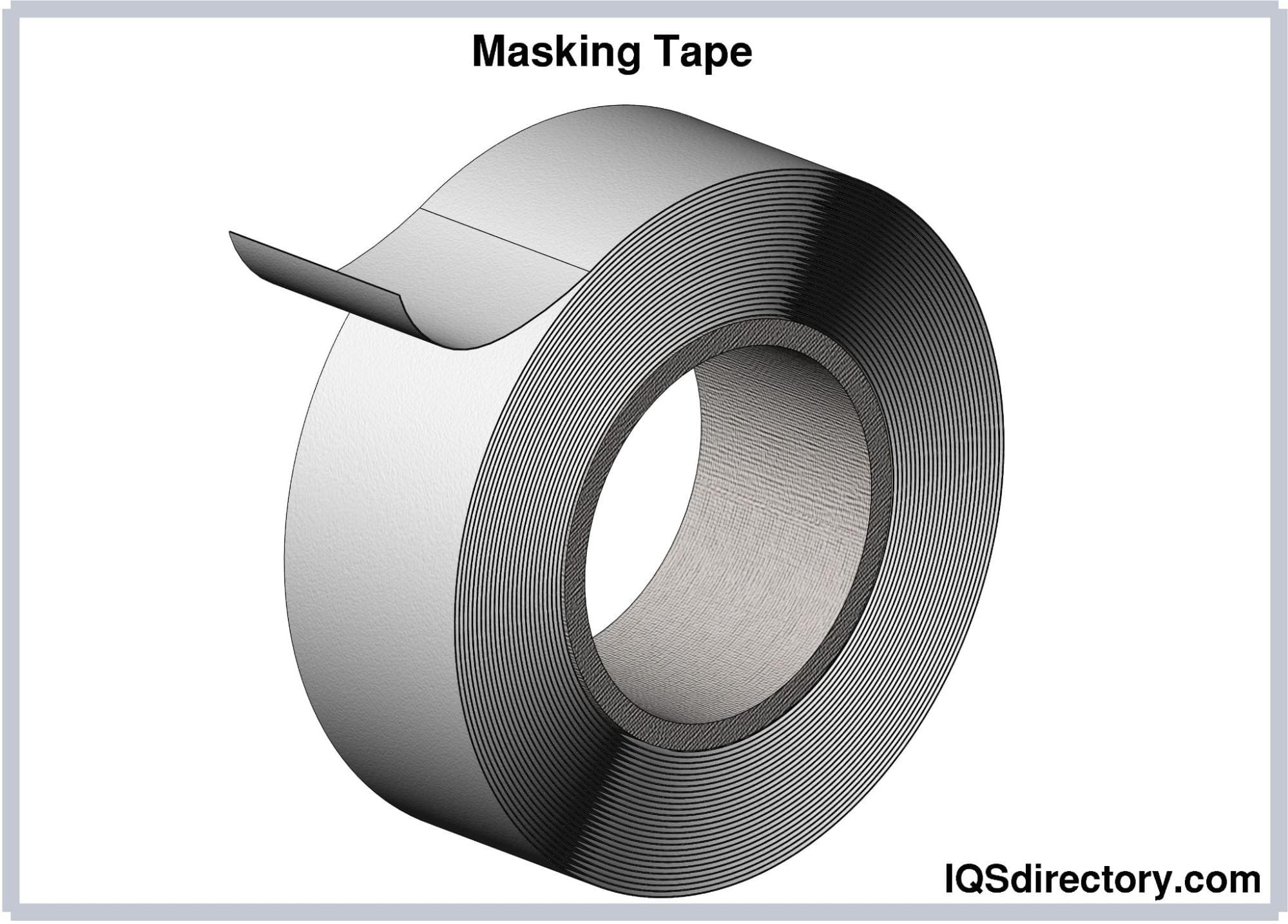
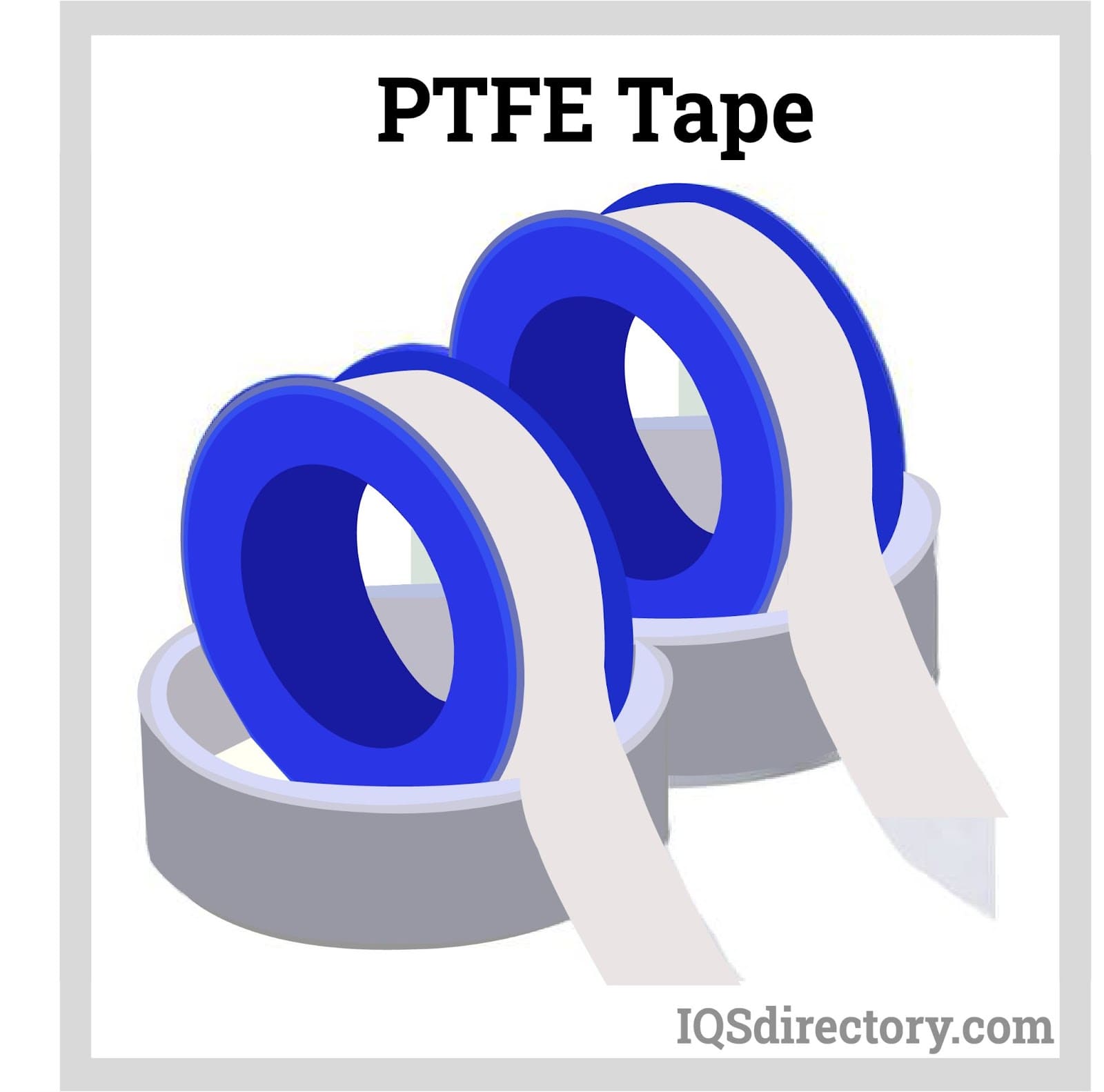
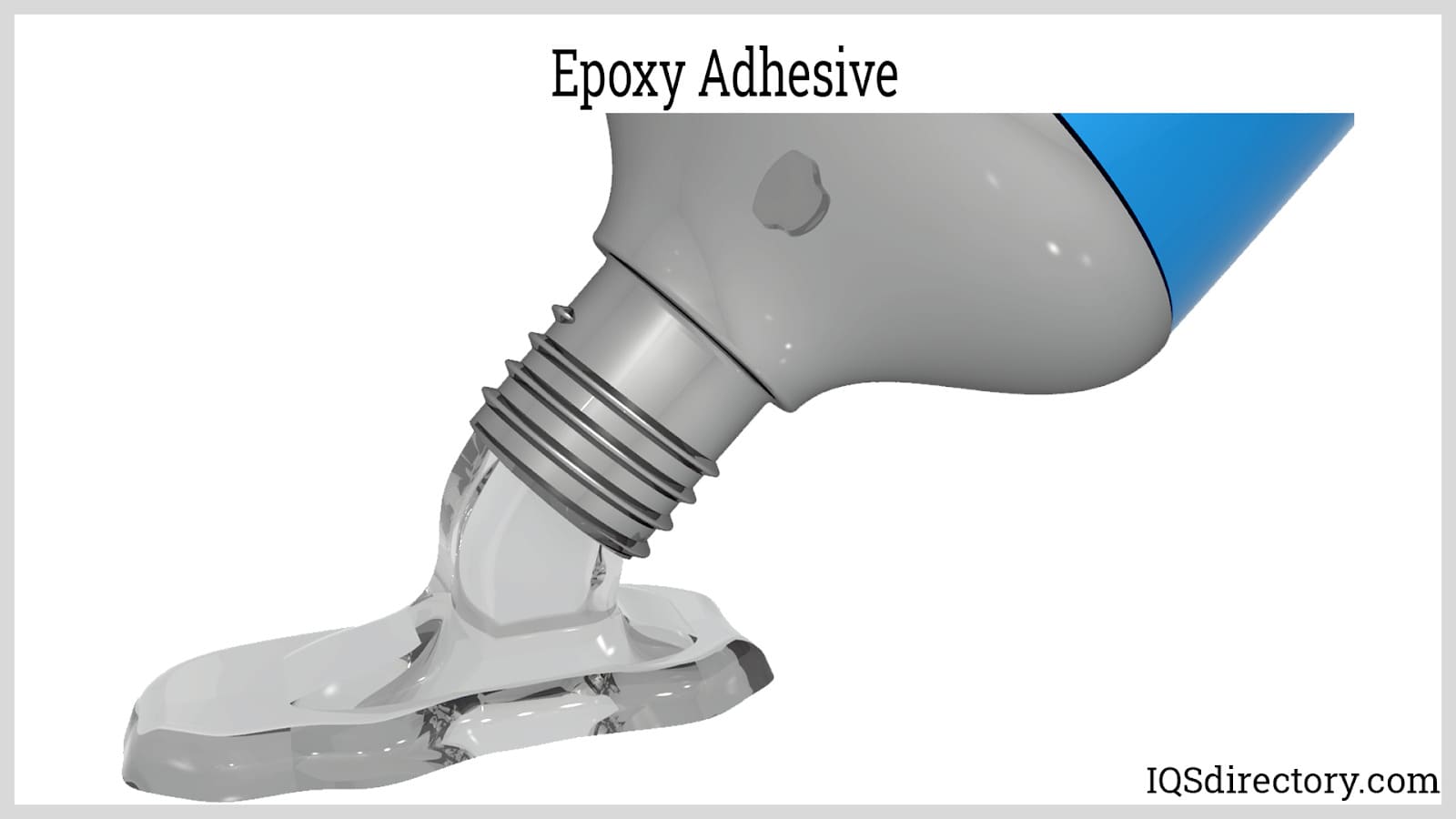
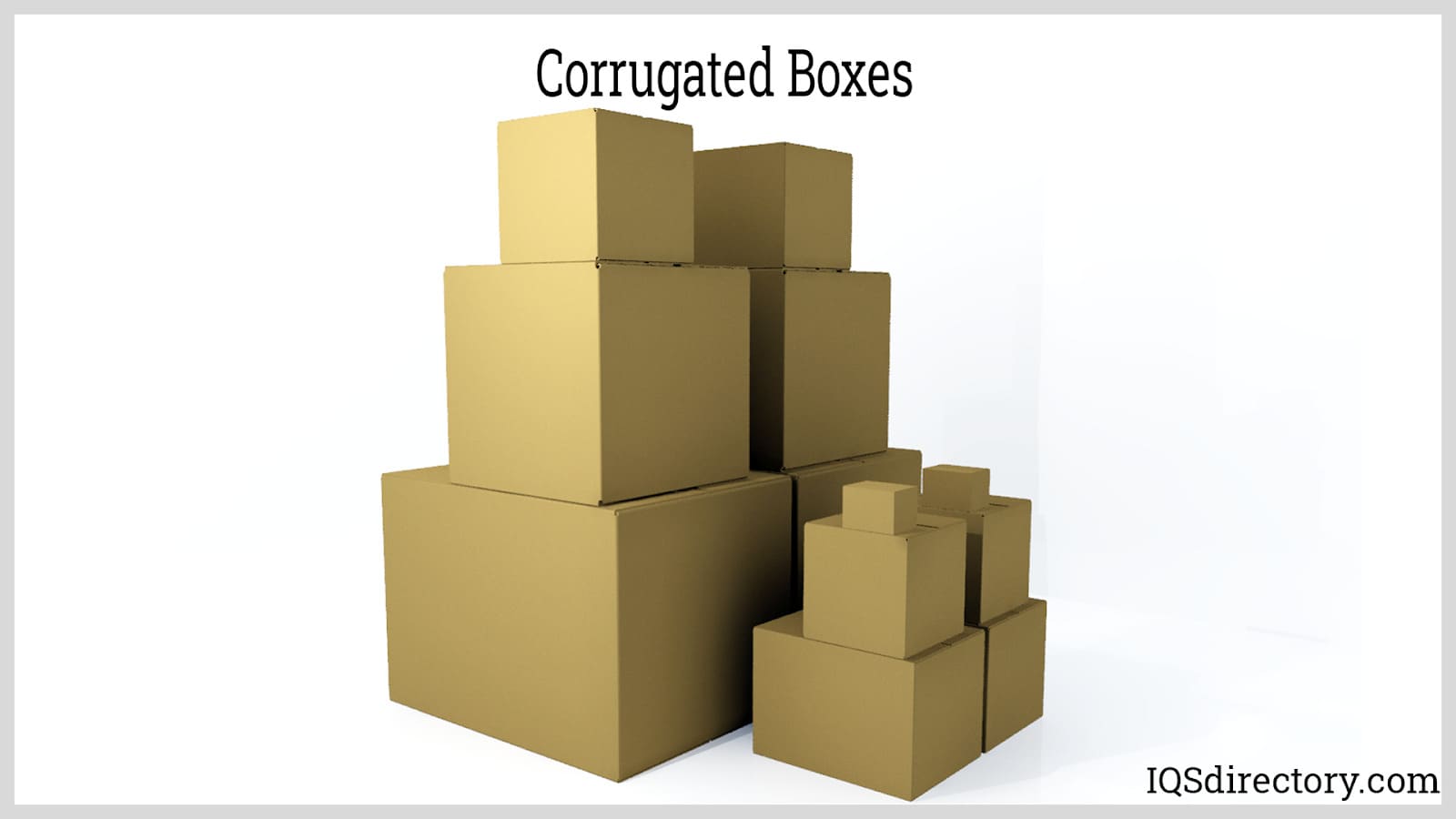
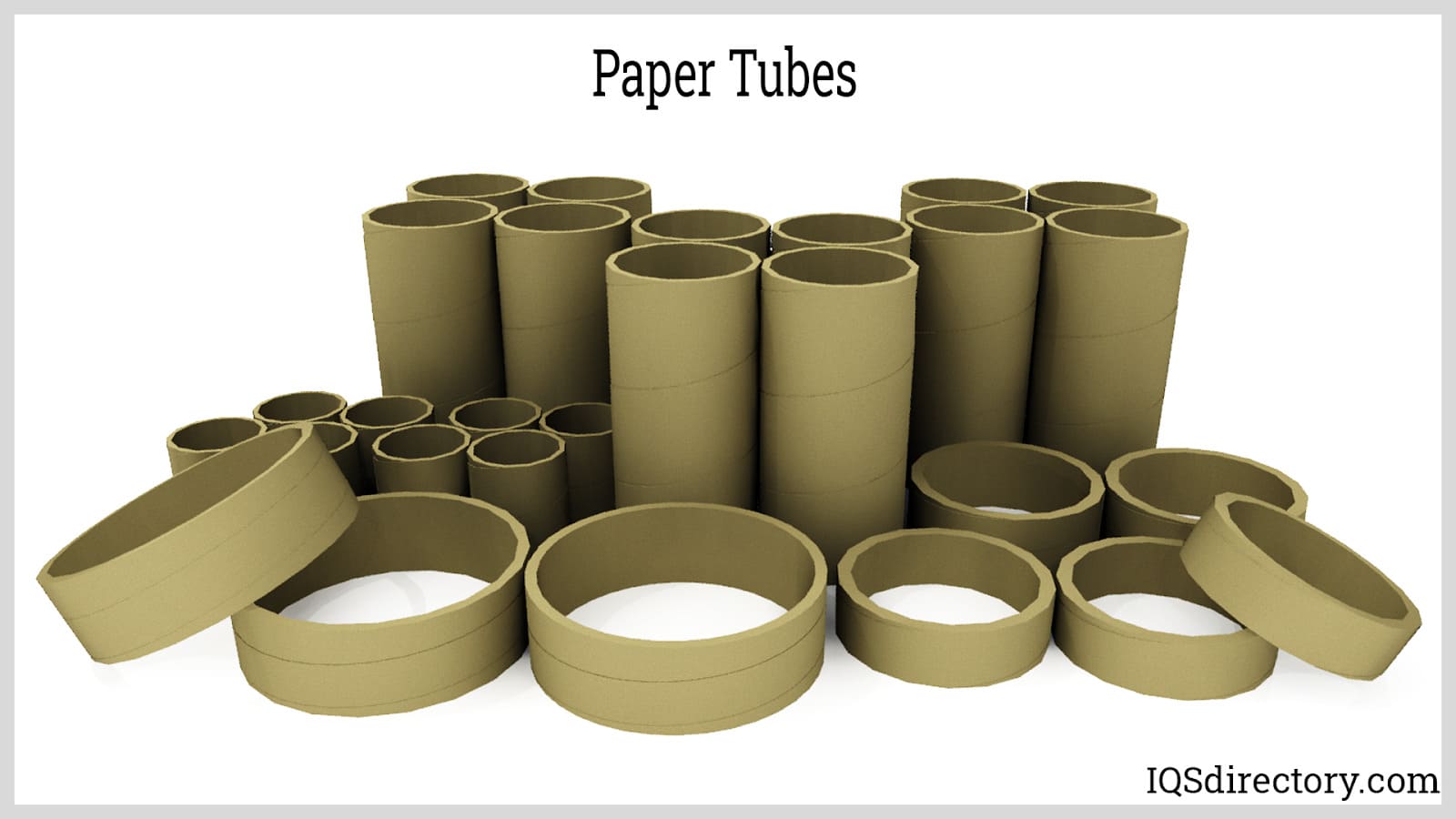
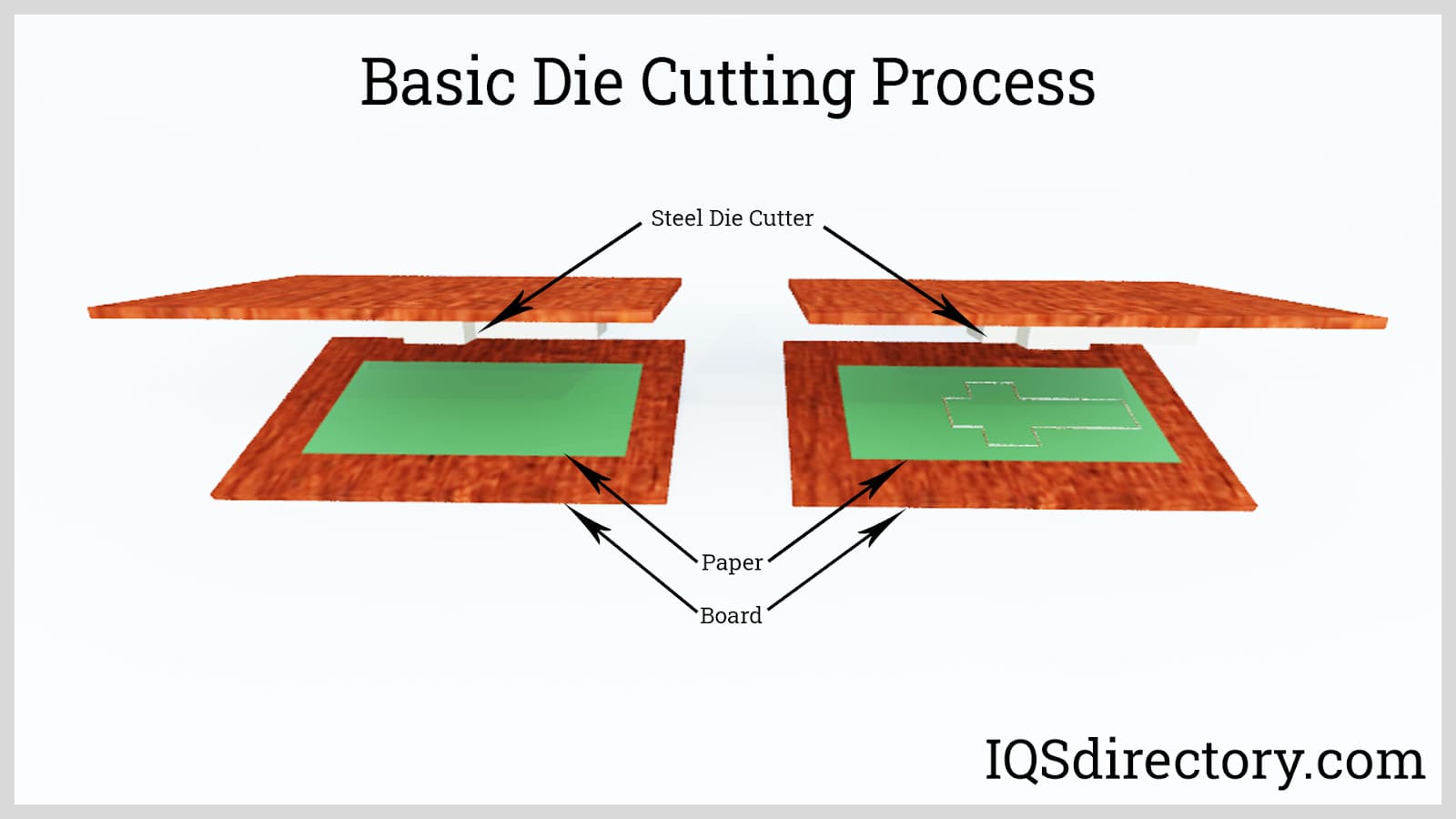
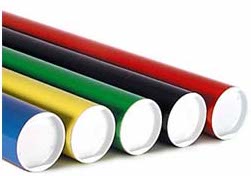 Cardboard Tubes
Cardboard Tubes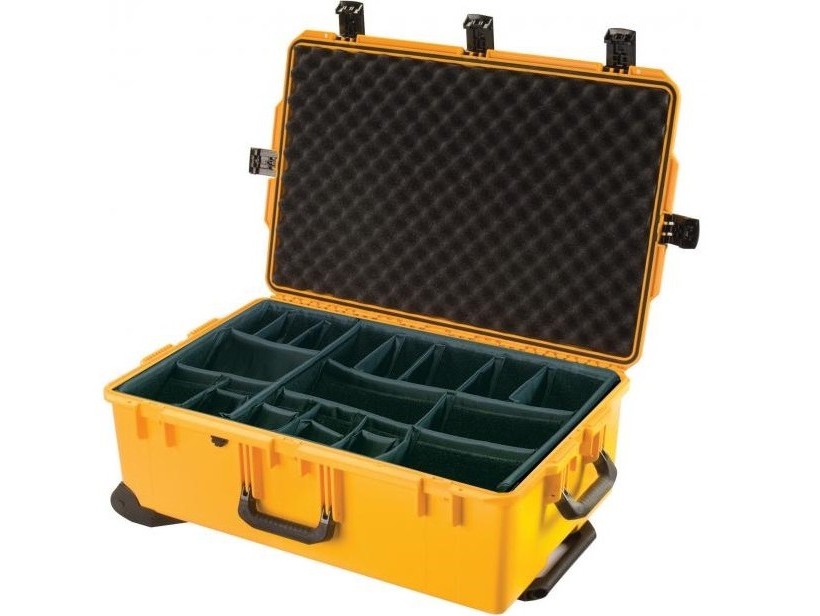 Carrying Cases
Carrying Cases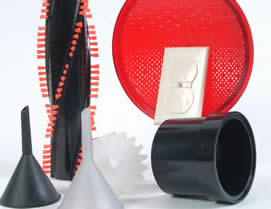 Contract Packaging
Contract Packaging Corrugated Boxes
Corrugated Boxes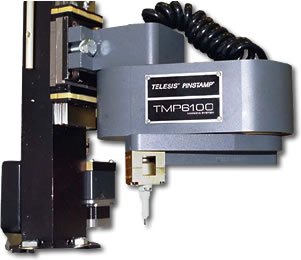 Dot Peening Machines
Dot Peening Machines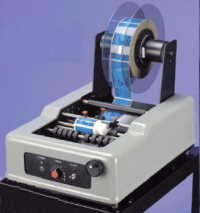 Labeling Machinery
Labeling Machinery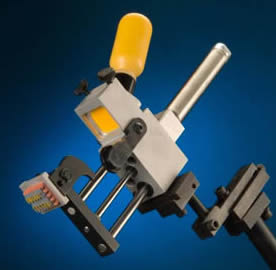 Marking Machinery
Marking Machinery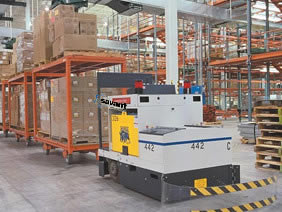 Packaging Equipment
Packaging Equipment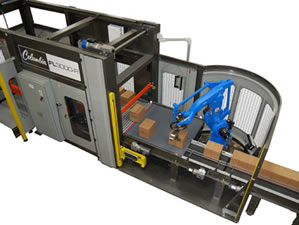 Palletizers
Palletizers Plastic Bags
Plastic Bags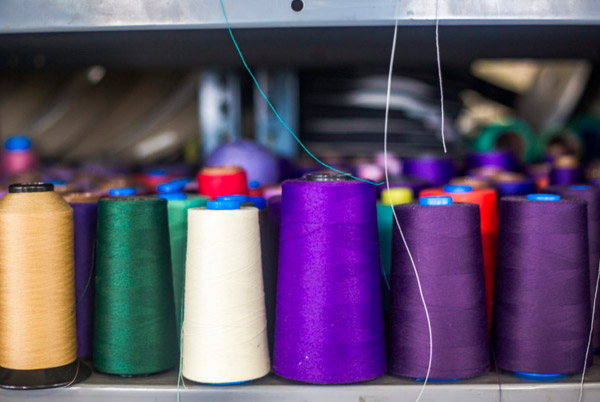 Sewing Contractors
Sewing Contractors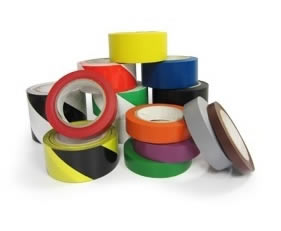 Tape Suppliers
Tape Suppliers Castings & Forgings
Castings & Forgings Bulk Material Handling
Bulk Material Handling Electrical & Electronic Components
Electrical & Electronic Components Flow Instrumentation
Flow Instrumentation Hardware
Hardware Material Handling Equipment
Material Handling Equipment Metal Cutting Services
Metal Cutting Services Metal Forming Services
Metal Forming Services Metal Suppliers
Metal Suppliers Motion Control Products
Motion Control Products Plant & Facility Equipment
Plant & Facility Equipment Plant & Facility Supplies
Plant & Facility Supplies Plastic Molding Processes
Plastic Molding Processes Pumps & Valves
Pumps & Valves Recycling Equipment
Recycling Equipment Rubber Products & Services
Rubber Products & Services